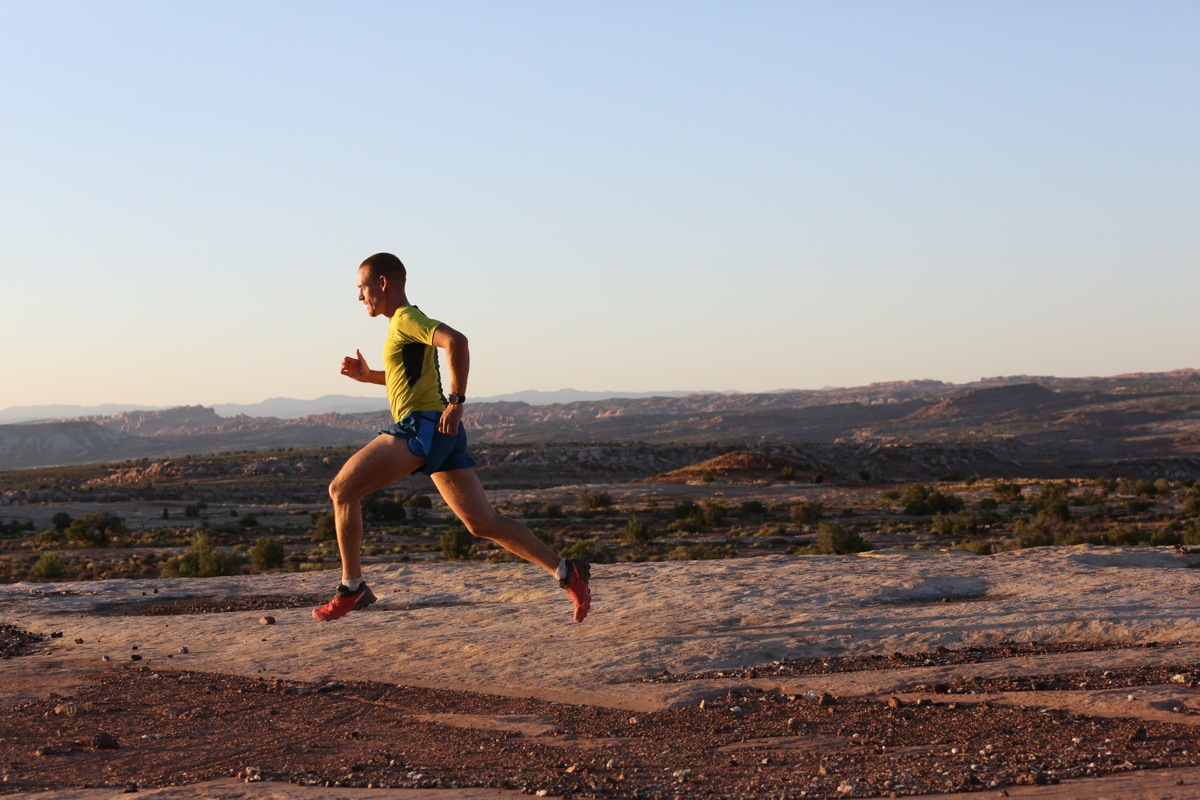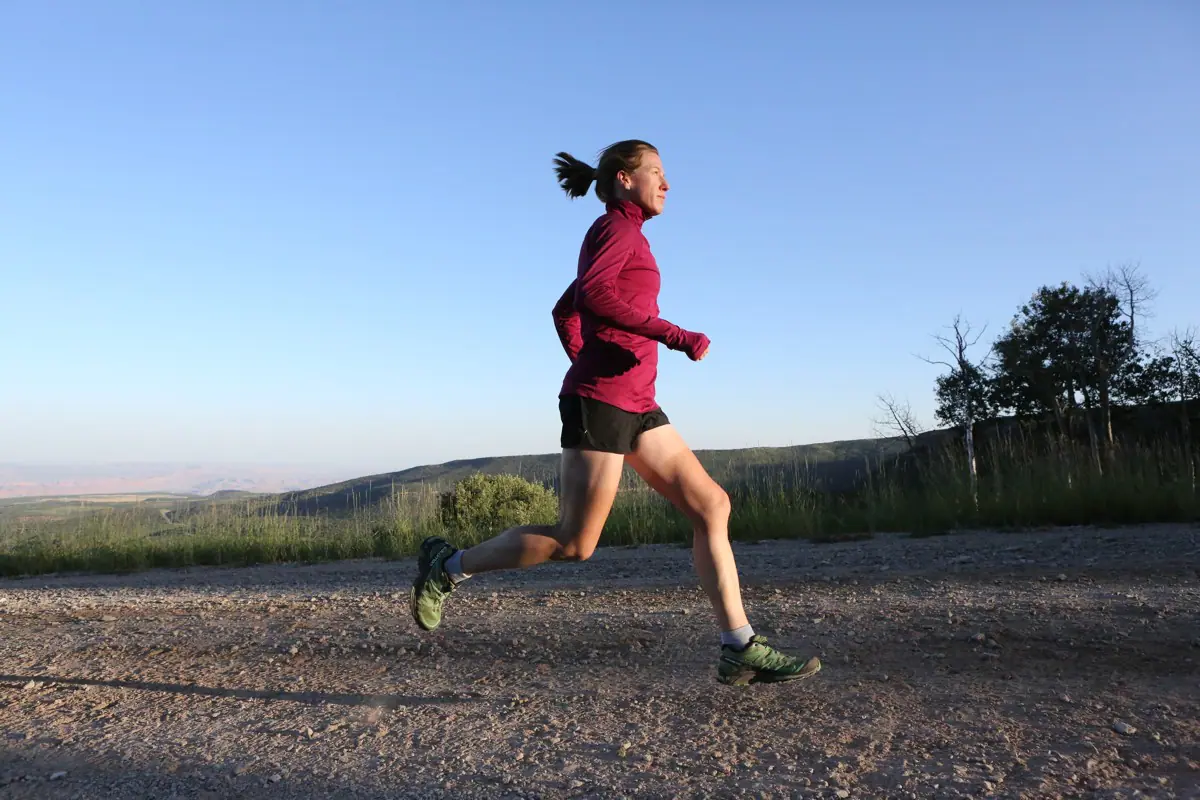Ultrarunners are tough. We must be in order to fulfill the demands we ask of our bodies and minds during long-distance events. Undoubtedly, there comes a time in most races when an ultrarunner’s mental and physical mettle is put to the test. Though short in duration, performing challenging speed-based workouts is a way to simulate pushing through difficult race-day scenarios by learning to overcome the body’s desire to slow or, worse, stop.
The need for speedwork has been hotly debated in the ultrarunning community. Western States 100 winner Geoff Roes and I present our respective cases in Bryon Powell’s book, “Relentless Forward Progress.”
Because we enter events and embark on adventure runs for very different reasons, speedwork may not be necessary for every ultrarunner. However, this kind of high-intensity training provides benefits that may help resolve performance plateaus and boredom brought on by the exhaustive nature of long-distance training and racing.
Physiologically, these often-overlooked dynamic workouts teach us to run harder for longer by improving:
- Metabolic pathways that help us store and use fuel sources more efficiently.
- Biomechanical advantages that reinforce proper running form and range of motion.
- Recruitment and growth of fast-twitch muscle fiber.
- Lactic acid buffering capability.
- Oxygen uptake from the blood once it reaches the muscles.
These enhancements, working in concert, allow us to reach our maximum aerobic capacity or VO2 max.
What Is VO2 Max?
VO2 max refers to the maximum amount of oxygen an individual can use during intense exercise. This measurement is an indicator of an athlete’s endurance and cardiovascular fitness. The more oxygen you can utilize during hard bouts of exercise, the higher your VO2 max, and the more power you can produce during a workout.
VO2 max has a genetically predetermined ceiling. Less fit individuals can expect to see big gains through VO2 max training. However, as fitness improves, it becomes more difficult to see improvement as you close in on this predestined maximum.
Other than genetics, there are other factors that influence VO2 max including:
- Age: VO2 max generally peaks in the mid-20s and declines as you get older.
- Biomechanics and Technique: Inefficient runners (due to poor technique or significant leg length discrepancies) expend more energy than those who are efficient.
- Environment: Running surface, temperature, altitude, wind, and hills will alter oxygen consumption rates.
- Fatigue: Muscle damage from hard training and racing will inhibit proper mechanics and efficiency.
A commonly asked question is this: Does a higher VO2 max always lead to success? The answer: No. There are still several other factors that weigh heavily on performance outcome.
- Lactate Threshold Training: As discussed in Stamina-Based Workouts for Ultramarathon Training, lactate threshold training can also allow an athlete to run farther faster.
- Psychological Fitness: If fitness levels are equal, the victory will always go to the runner with the greater will.
- Physical Health: Proper recovery methods and nutritional habits will aid in performance enhancement.
The Workouts
Speed-based workouts, sometimes referred to as VO2 max intervals, last between one and six minutes with paces that emulate an 8- to 15-minute race. Fast, intense reps! Heart rate for this kind of training will range between 94% and 98% of maximum. Because we can only spend a short amount of time at these speeds, a recovery jog is required between repeats. These jog intervals should last roughly one-half the distance or the same duration as the fast running. The goal of the workout is to spend a total of 10 to 30 minutes at these quick speeds.
Examples of these kinds of workouts (after a thorough warmup) include:
- A series of one-minute fast and one-minute jog rotations.
- Several 4- to 5-minute fast repeats with 4- to 5-minute recovery jogs in between.
Any combination of fast repeats and jog recoveries will suffice as long as the intensity falls within the parameters above.
Implementing Speed-Based Workouts
These workouts can be done on any flat to rolling surface with good footing. Keep in mind that the purpose is to run fast, so technical trails should be avoided.
This type of training stresses the musculoskeletal system. Injury can result if a runner does too much too soon. If you are new to this type of workout, start on soft surfaces such as a track, treadmill, or well-groomed dirt path. Until you feel comfortable, run just a few of the shorter length intervals (roughly one minute) at a conservative pace. Integrating a modest amount of speed-based workouts into your training plan is all you need to reinforce efficient running technique, gain physiological benefits, and reinvigorate your training.
Call for Comments
- Do you integrate speedwork into your ultramarathon training?
- If so, in what ways have you found it helpful?
- Do you enjoy it, or does it feel like a chore?
References
- McMillan, Greg. “Running Physiology and the Four Training Zones.” McMillan Running Adult Camp. SpringHill Suites, Flagstaff, AZ. 11 May 2012. Lecture.
- McMillan, Greg. McMillan Running Company’s Online Coaching General Training Information Packet. Flagstaff, AZ: McMillan Running Company. Print.
- Noakes, Timothy. Lore of Running. 4th ed. Champaign, IL: Human Kinetics, 2003. Print.
- Powell, Bryon. Relentless Forward Progress: A Guide to Running Ultramarathons. Halcottsville, NY: Breakaway, 2011. Print.
[Editor’s Note: As one of iRunFar’s best training articles, we’ve worked with author Ian Torrence to update this article before resharing it.]



